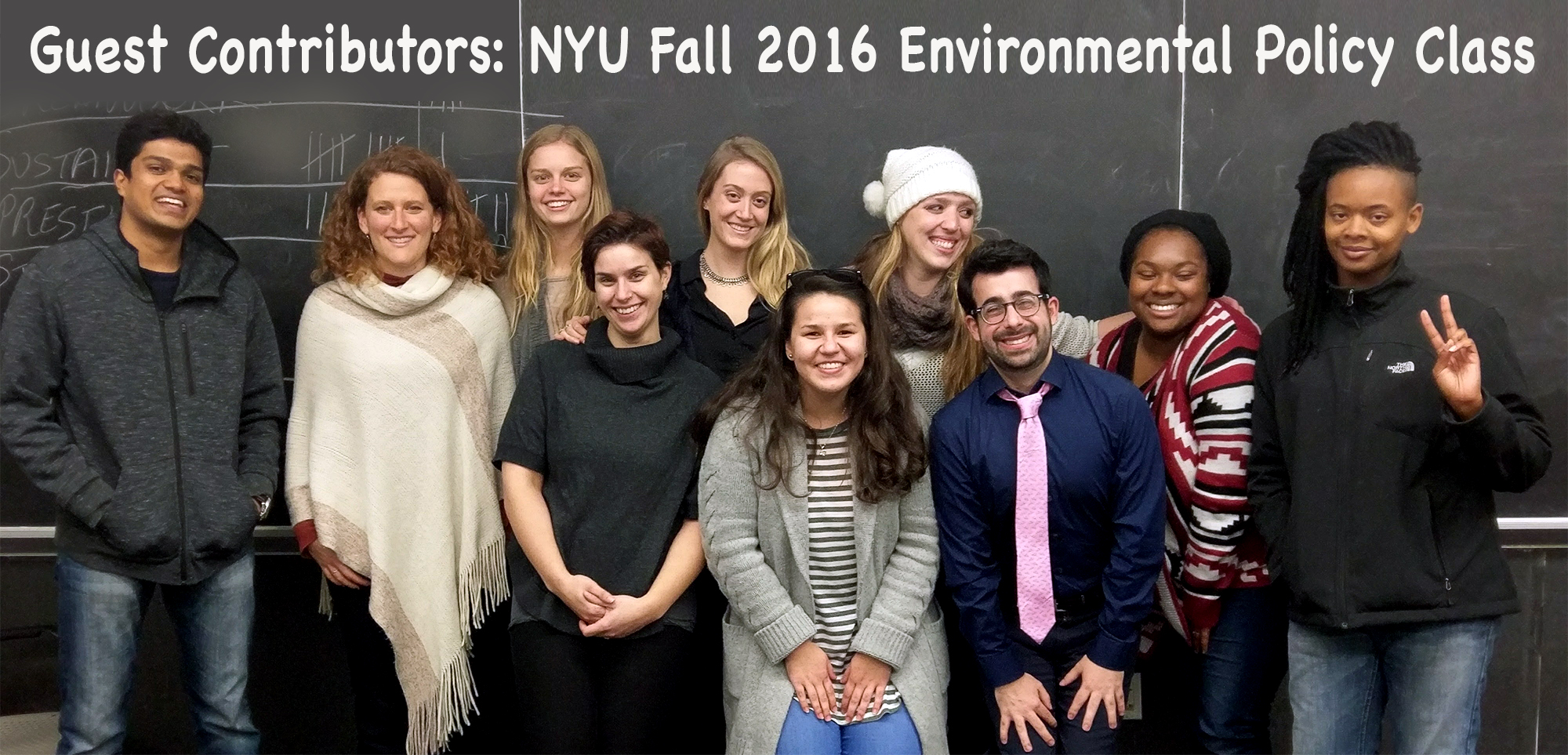
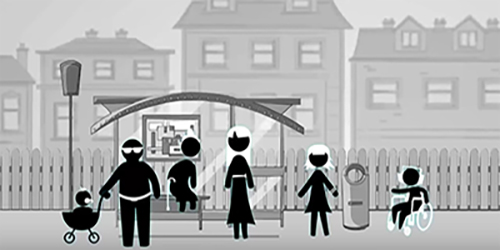
Creating Inclusive Spaces for the Disabled Community Through Universal Design
 By RaeJean Boyd
By RaeJean Boyd
Access to resources should not be predicated on ability. “Universal design” creates inclusive spaces, addresses bias in environmental design, and helps remove barriers by changing our thought process. Read more . .
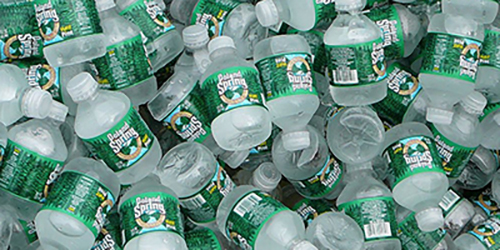
The Case for Tap Water
 By Eve Brown
By Eve Brown
Tap water has been proven to be as safe as and more environmentally friendly than bottled water. Then why are millions of Americans willing to pay a premium price for water in a bottle? Analyses have proven that bottled water is neither cleaner nor healthier. Read more . .

Climate Change is the New DDT
 By Anna Hoch
By Anna Hoch
You don’t need an old white man to tell you that climate change is real. Look around you – the birds are “tweeting” about it. But could there be a shining light in Washington who “pulls a Rachel Carson” and motivates the masses about birds as indicators of climate change? Read more . . .
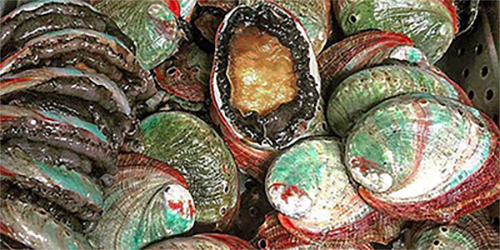
Abalone: Absolutely Appetizing and Sustainably Appealing
By Ross Johnston 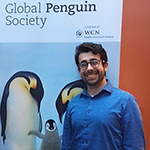
Culinary trends are dictating a move toward alternative and sustainable marine protein. The Monterey Abalone Company’s approach to sustainable aquaculture is igniting interest in changing shellfish farming practices. Read more . . .
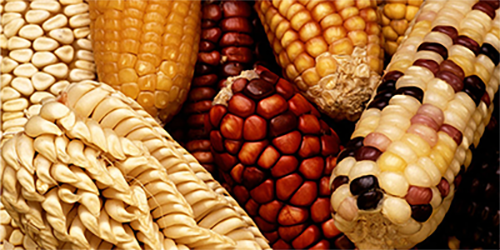
Sowing the Seeds of Food Diversity
 By Samantha Levy
By Samantha Levy
Large businesses enjoy a competitive advantage over small seed companies and community seed initiatives because of oppressive economic practices and unfair intellectual property laws. We must change the law so that the corporate food industry cannot undercut those democratic, community-based efforts. Read more . . .
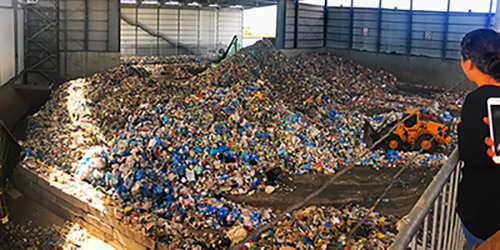
What Happens to Recyclables After They Hit the New York City Curb?
 By Rebecca Noah
By Rebecca Noah
I’m a skeptical environmentalist so I decided to follow some of the nearly 1,000 tons of curbside recycling that is picked up by New York City Department of Sanitation and transported by barge to Sunset Park, Brooklyn. And there I met The Liberator. Read more . . .
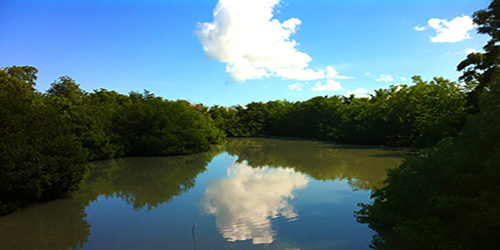
Fighting for Environmental Justice on the Caño Martín Peña
 By Mónica Rivera-Rosado
By Mónica Rivera-Rosado
Today the tidal connection between the Caño Martín Peña and San Juan Bay Estuary is blocked by decades of waste, debris, and sediment. Raw sewage and illegal dumping of garbage are directly affecting the personal and environmental health of approximately 27,000 residents. Read more . . .
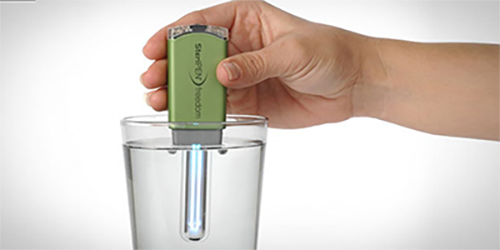
Water Drinker’s Remorse or The Perils of Study Abroad
 By Jenea C. Robinson
By Jenea C. Robinson
While in India, a nasty intestinal parasite from contaminated water brought on months of misery. If only I had known about the SteriPen, which emits UV light while you stir a glass of water, killing bacteria, viruses, and parasites (my belly babies). Read more . . .
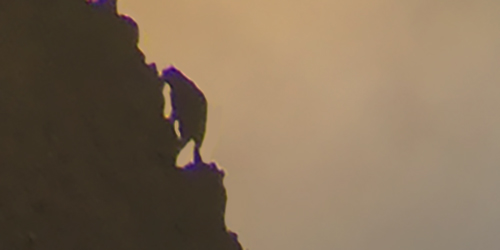
The Grey Ghost
 By Harshad Sambamurthy
By Harshad Sambamurthy
In Ladakhi, she is know as shan or the Grey Ghost of the Himalayas, a most elusive mammal. Fewer than 7000 snow leopards are found across a dozen Central Asian nations and populations are decreasing, due to climate change, habitat loss, human encroachment and poaching. Read more . . .
